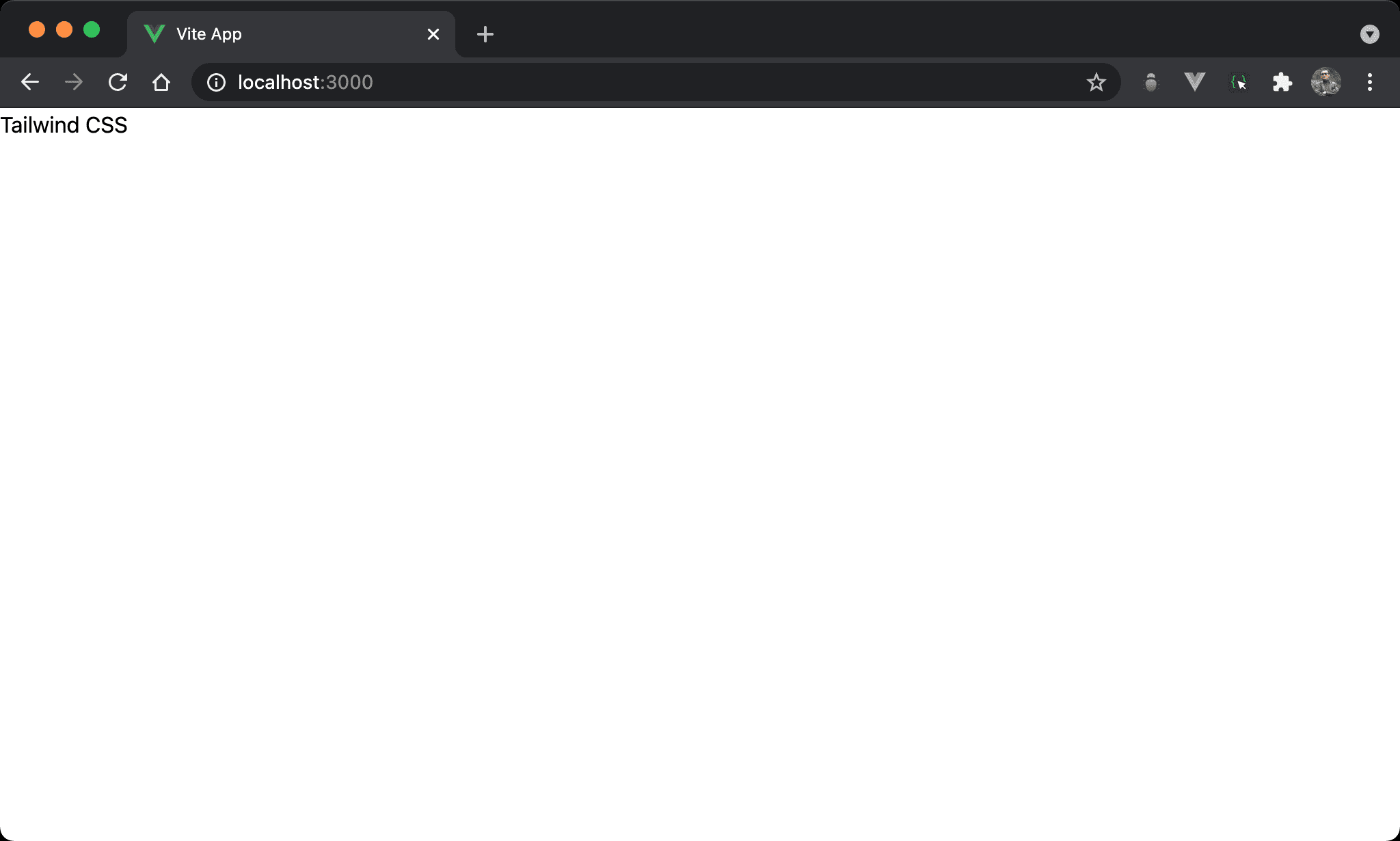垂直靠上為實務上常見需求,Tailwind CSS 可由多種方式實現。
Version
Tailwind CSS 2.1.1
m-auto

Tailwind CSS 垂直靠上,在子層 item 使用 m-auto 處理。
<template>
<div class="h-screen flex">
<div class="mb-auto">
Tailwind CSS
</div>
</div>
</template>
第 2 行
<div class="h-screen flex">
設定父層 box style:
h-screen:要設定垂直置中,因此要設定父層 box 高度flex:使用flex令子層 item 根據 content 內縮
第 3 行
<div class="mb-auto">
設定子層 item style:
mb-auto:因為父層 box 有設定高度,因此子層 item 可自動調整 bottom margin 而垂直靠上
Flexbox
justify-start

Flexbox 亦有多種方式可垂直靠上,先討論從父層 box 處理。
<template>
<div class="h-screen flex flex-col justify-start">
Tailwind CSS
</div>
</template>
設定父層 box style:
h-screen:設定 box heightflex:子層 item 使用 Flexbox 排列flex-col:設定 main axis 為 column,也因為 main axis 為 column,本來 Flexbox 會使<div>寬度由 content 決定,高度撐滿100vh,現在改成高度由 content 決定,寬度撐滿一整列justify-start:直接將<div>靠上於 main axis,因為目前 main axis 為 column,相當於垂直靠上
justify-end

Tailwind CSS 垂直靠上,一樣使用 justify- 系列。
<template>
<div class="h-screen flex flex-col-reverse justify-end">
Tailwind CSS
</div>
</template>
設定父層 box 的 style:
h-screen:設定 box heightflex:子層 item 使用 Flexbox 排列flex-column-reverse: main axis 為 column,但改從下往上排列justify-end: 因為由下往上排列,justify-end相當於垂直靠上
實務上不會使用這種方式,只是展示亦可使用
justify-end達成垂直靠上
items-start

Tailwind CSS 垂直靠上,改用 items- 系列。
<template>
<div class="h-screen flex items-start">
Tailwind CSS
</div>
</template>
設定父層 box 的 style:
h-screen:設定 box heightflex:子層 item 使用 Flexbox 排列items-start:由於沒更改 flex-direction,因此目前 main axis 仍是 column,可使用items-start直接靠上於 cross axis,相當於垂直靠上
flex-grow

Tailwind CSS 垂直靠上,但在子層 item 處理。
<template>
<div class="h-screen flex flex-col">
<div>Tailwind CSS</div>
<div class="flex-grow"/>
</div>
</template>
需使用兩個子層 item。
第 2 行
<div class="h-screen flex flex-col">
設定父層 box 的 style:
h-screen:設定 box heightflex:子層 item 使用 Flexbox 排列flex-col:設定 main axis 為 column
第 4 行
<div class="flex-grow"/>
flex-grow:表示空白部分剩餘 height 將由此<div>平分,因此看起來為垂直靠上
fixed

Tailwind CSS 垂直靠上,但使用 fixed 處理。
<template>
<div class="h-fit fixed top-0 bottom-0 mb-auto">
CSS
</div>
</template>
設定父層 box style:
h-fit:height 與 content 同高,但仍維持其 block 特性,讓mb-auto有操作空間fixed:使用 fixed positiontop-0、bottom-0:要使用mb-auto垂直靠上,前提必須要有空間使其調整 margin,top-0於上側邊緣緊貼 browser,bottom-0於下側邊緣緊貼 browser,因此相當於架構出無形的矩形空間,只是受限於h-fit只顯示與 content 同高部分,剩下空間可由mb-auto自由發揮而垂直靠上mb-auto:自動調整 bottom margin 而垂直靠上
absolute

Tailwind CSS 垂直靠上,但使用 absolute 處理。
<template>
<div class="h-fit absolute top-0 bottom-0 mb-auto">
CSS
</div>
</template>
設定父層 box style:
h-fit:height 與 content 同高,但仍維持其 block 特性,讓mb-auto有操作空間absolute:使用 absolute position,因為其父層皆沒設定定位,相當於定位在windowtop-0、bottom-0:要使用mb-auto垂直靠上,前提必須要有空間使其調整 margin,top-0於上側邊緣緊貼 browser,bottom-0於下側邊緣緊貼 browser,因此相當於架構出無形的矩形空間,只是受限於h-fit只顯示與 content 同高部分,剩下空間可由mb-auto自由發揮而垂直靠上mb-auto:自動調整 bottom margin 而垂直靠上
relative

Tailwind CSS 垂直靠上,但使用 relative 處理。
<template>
<div class="relative h-screen">
<div class="absolute top-0">
Tailwind CSS
</div>
</div>
</template>
第 2 行
<div class="relative h-screen">
設定父層 box style:
relative:父層 box 使用 relative position,子層absolute將以此層定位h-screen:設定父層 box 高度
第 3 行
<div class="absolute top-0">
設定子層 item style:
absolute:子層 item 使用 absolute positiontop-0:設定top為0,相當於垂直靠上
Conclusion
- Tailwind CSS 擁有多種方式垂直靠上:
m-auto、Flexbox 、fixed、absolute與relative,可視實際需求靈活運用